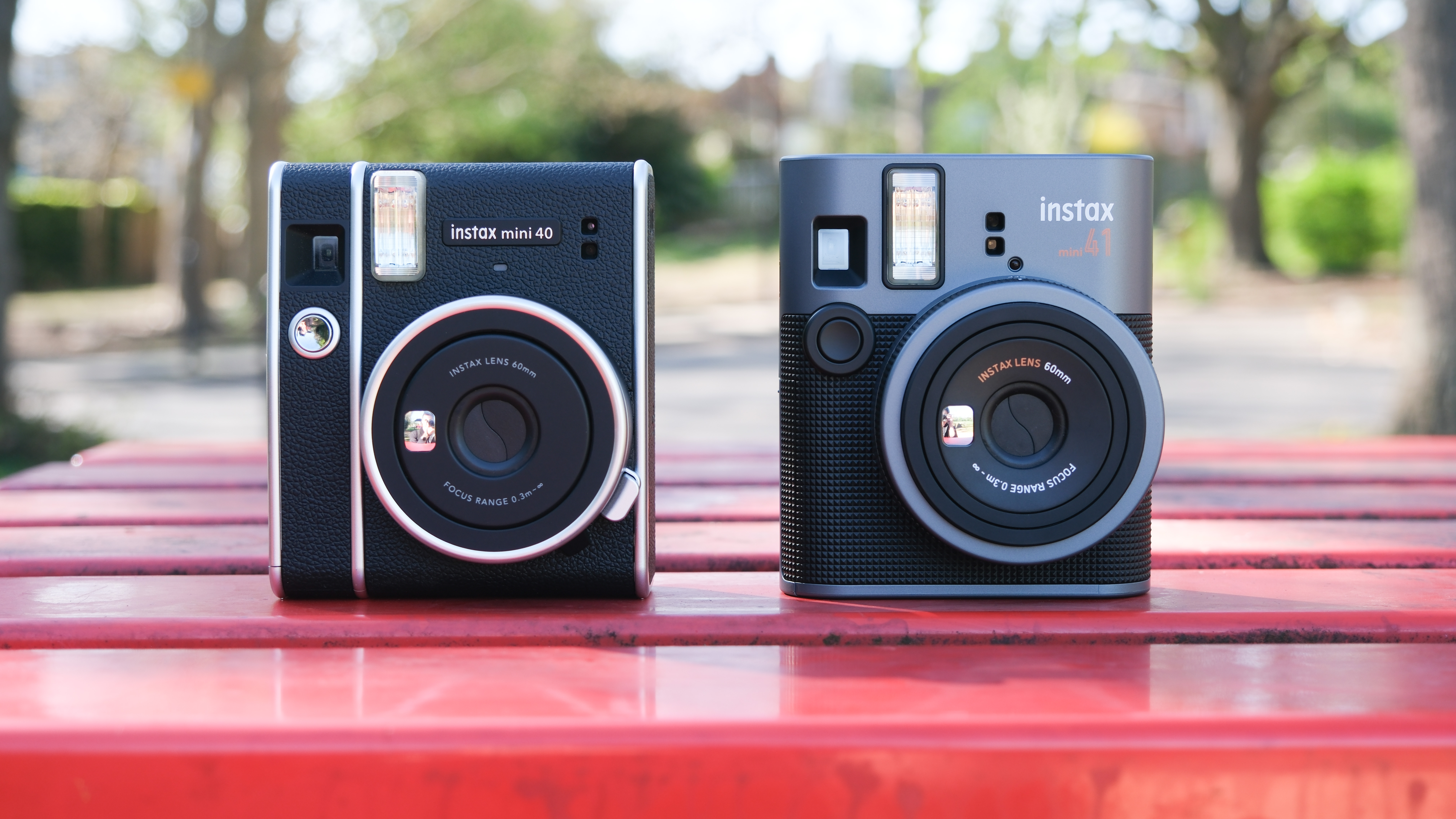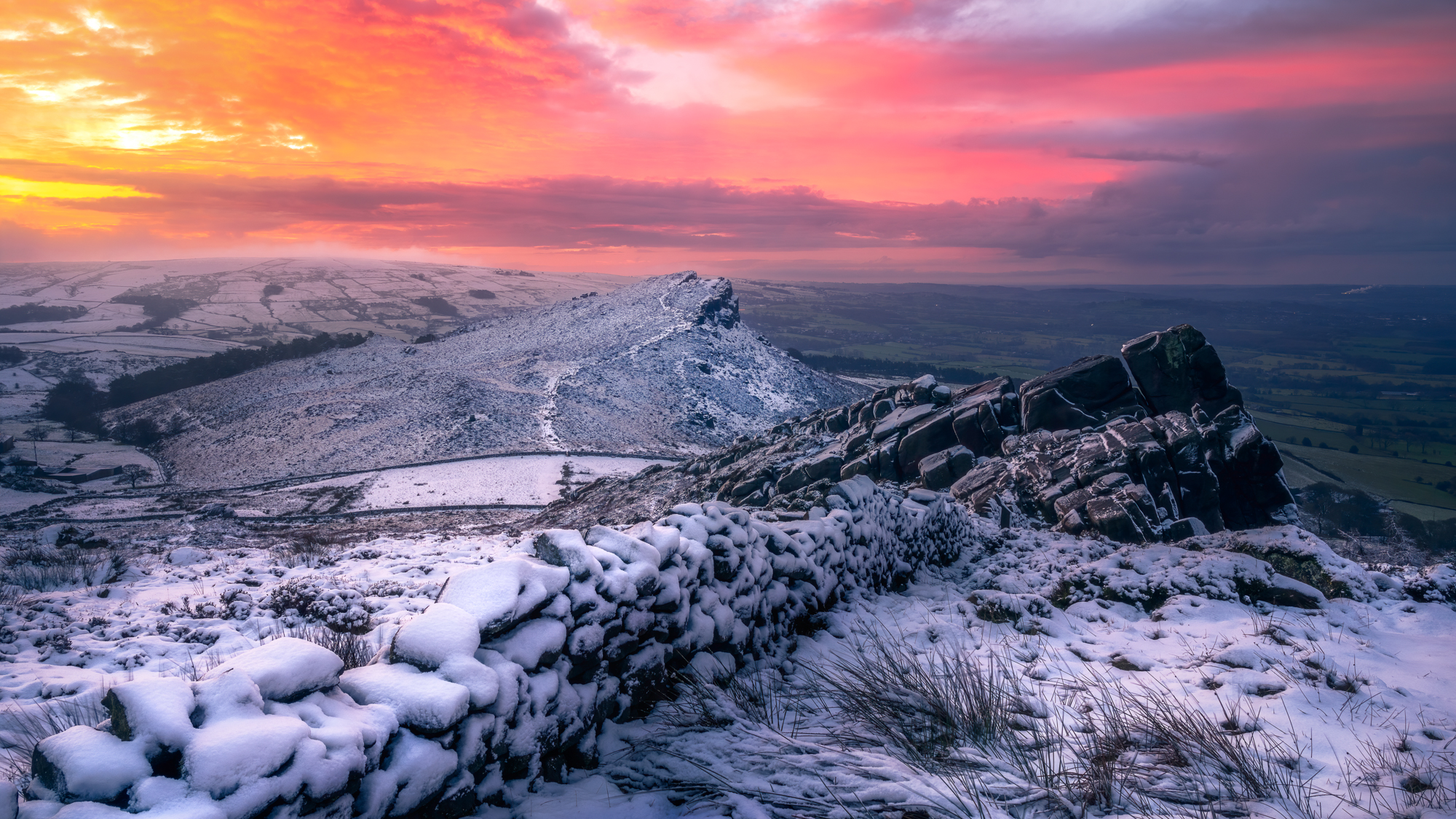
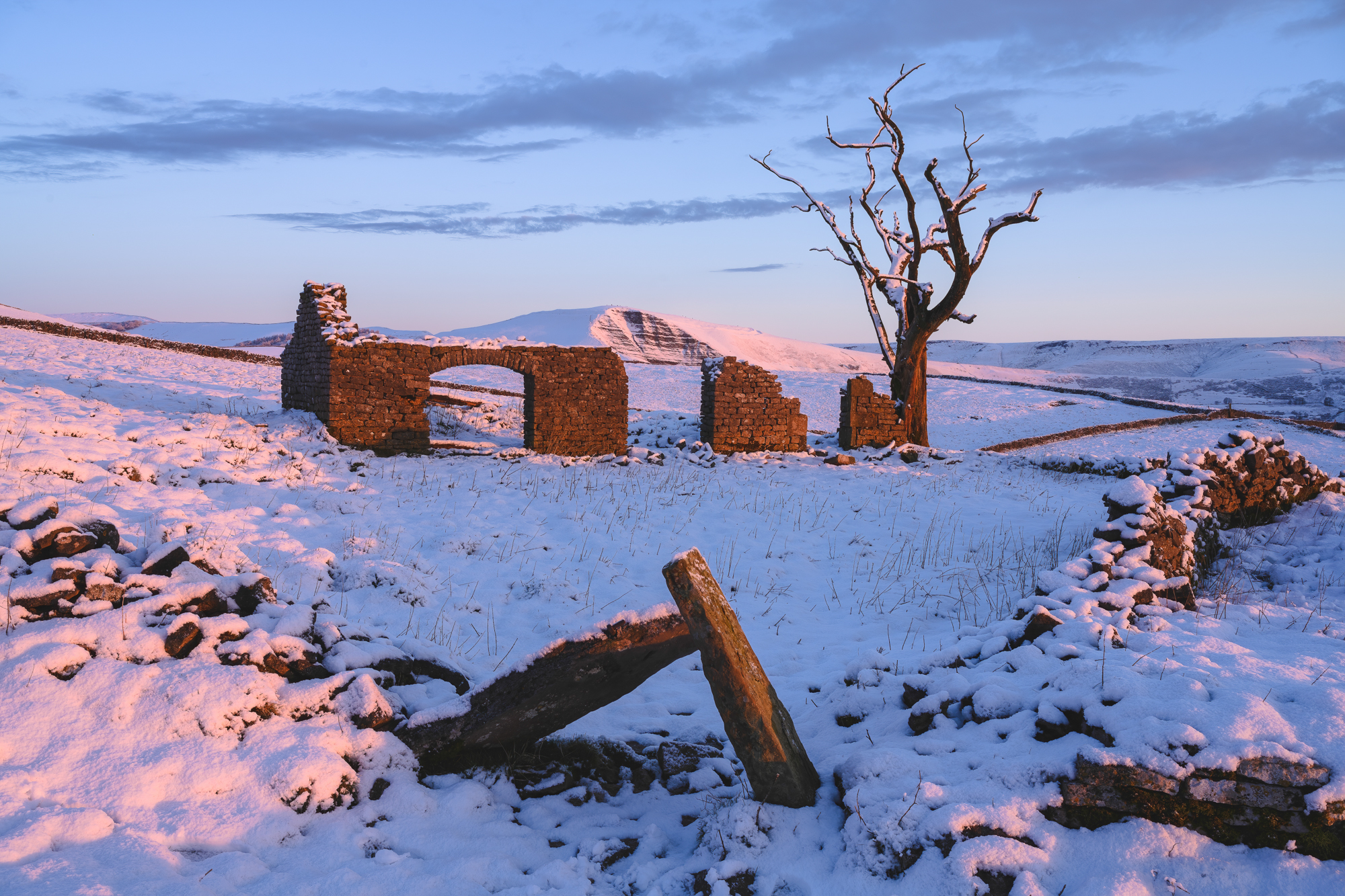
Useful articles for landscape photography
• Best cameras for landscapes
• The best lenses for landscapes
• What makes beautiful landscape photography?
Understanding weather conditions and knowing how to make use of the available forecasting data available through various apps and websites nowadays is crucial in landscape photography. I consider this research and planning to be one third of the entire process in making an image.
Some scenes do not coincide with special conditions very often; a snow-covered vista during a fire sky in the morning is a good example. Colorful skies usually occur when there is a good percentage of cloud at high levels (over 70%) as the sun rises or sets. There also needs to be far fewer medium- and low-level clouds (less than 30% in those areas).
Clearoutside is a good app to use, giving these percentages by the hour, by the day, or by location. However, don’t forget to check that there is a gap at the horizon for the sun to shine through and light up the clouds. The distance to the horizon from your location will vary by your elevation, so check how far away this is and the cloud levels there, too, to guarantee your fire-filled sky.
Top tips for shooting winter landscapes
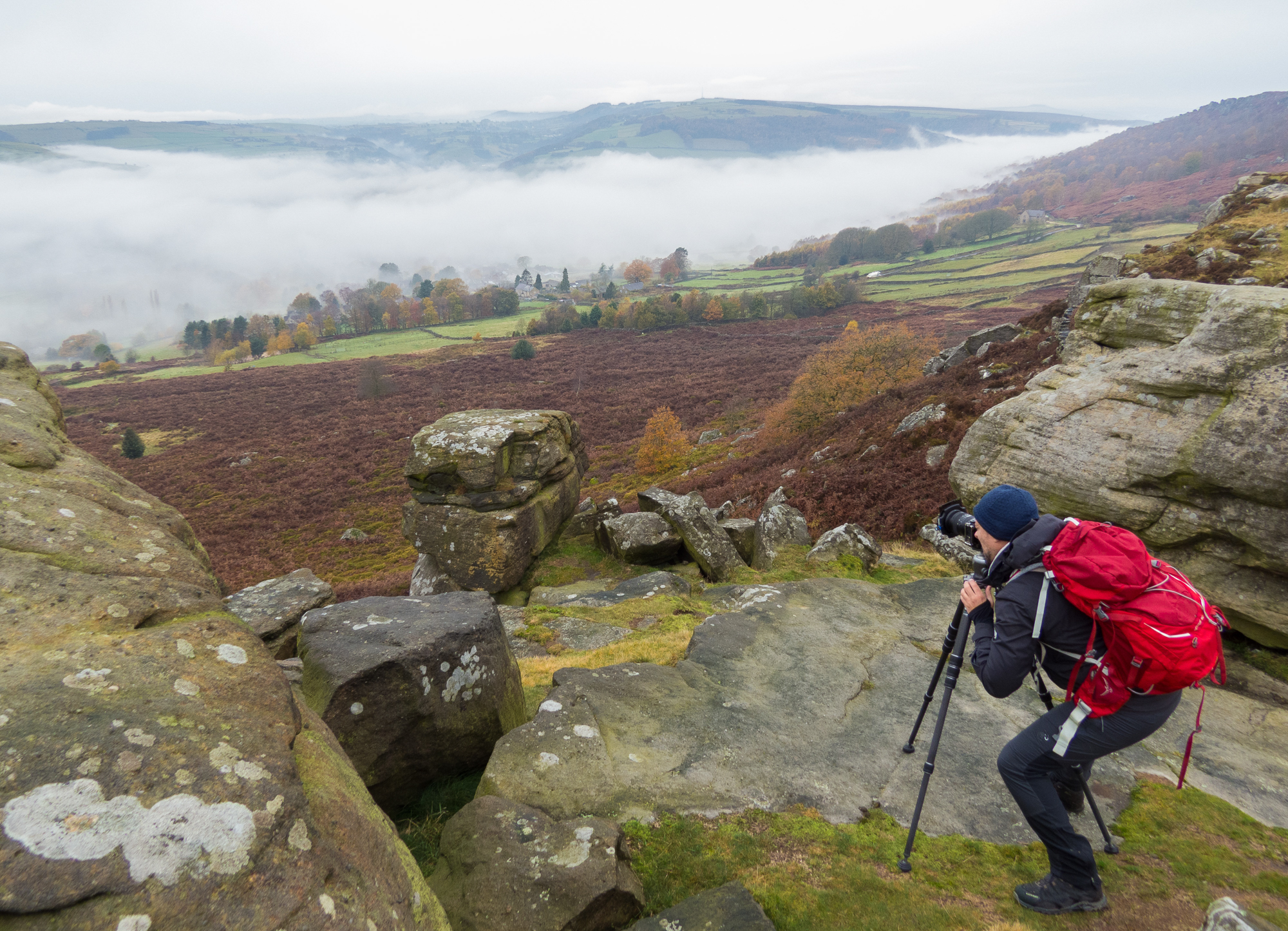
Focus for detail
Shooting a vista usually means getting front-to-back sharpness in the image, especially if you have an interesting foreground element. While using a narrower aperture (like f/11 or f/16) can help, try also to focus one third of the way into the scene: this is a good approximation for the hyperfocal point, which gives you the most detail in your shot.
• What is hyperfocal distance?
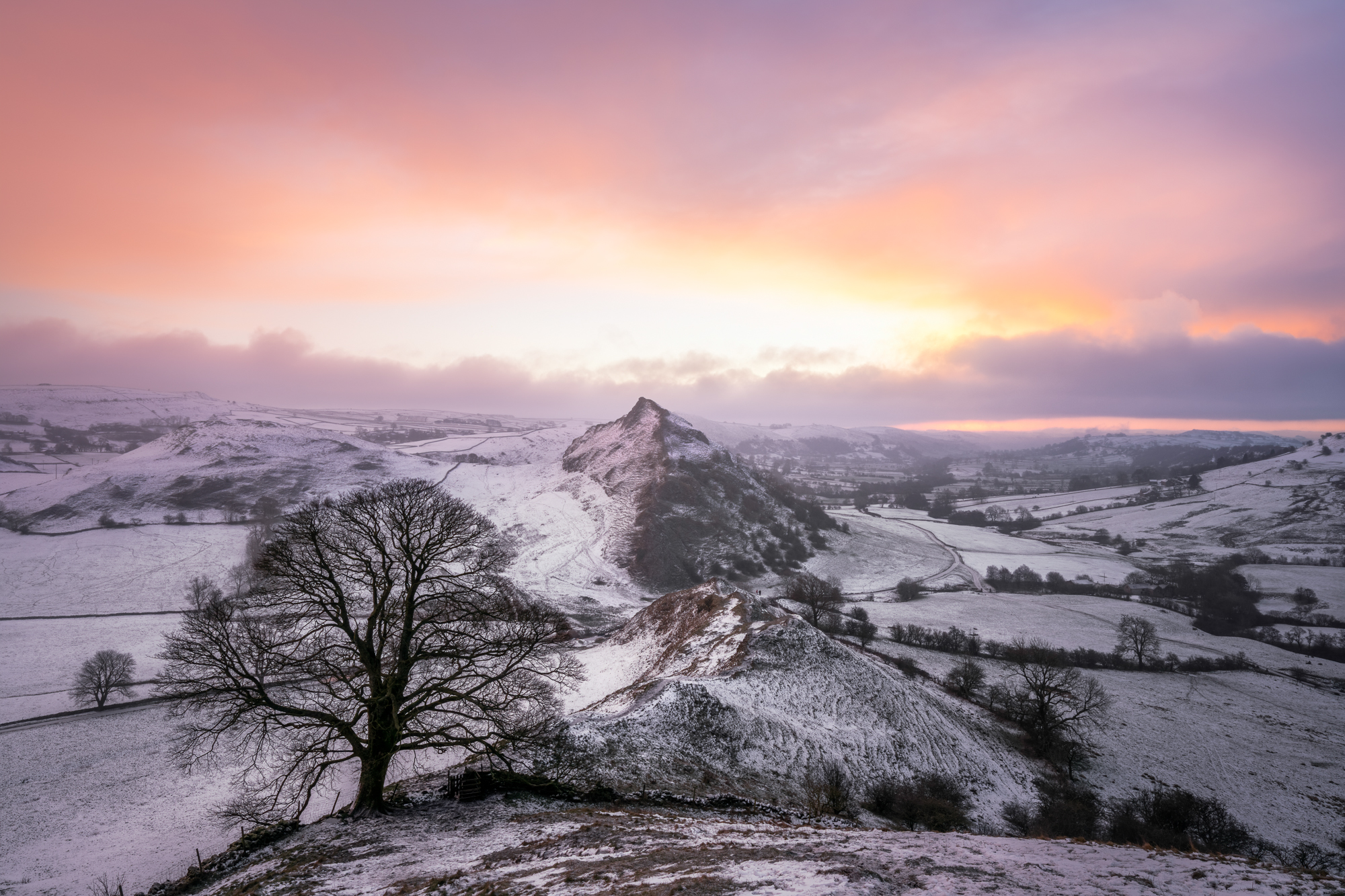
Here comes the sun
Using light to illuminate parts of your scene as it unfolds often adds impact or accentuates the drama you see, and helps to make an image special. So while the colors before dawn at sunrise might be fantastic, there will be no direct light on any part of the photo; keep shooting until the sun has risen and wait for the landscape to light up, and you’ll be rewarded with some terrific shots.
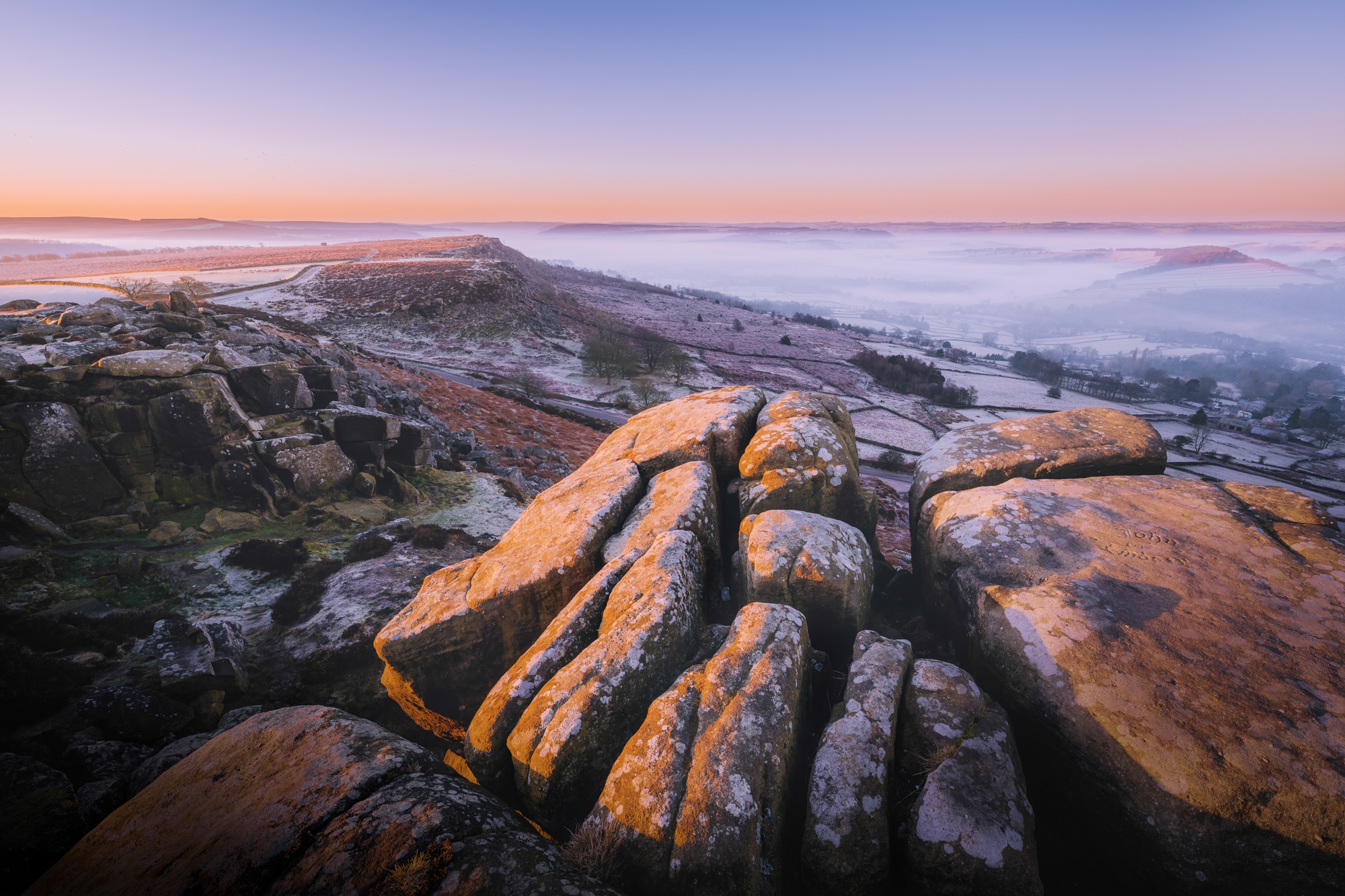
Seek out structure
Look out for repeating shapes and patterns in the landscape, or use features like walls, barns and trees to add context and coherence to an image. Sometimes this will show the viewer some form or order to the chaos, and this helps to create a compelling photo. This is particularly true of woodland photography, which can feel messy otherwise.
Demiray’s advice to take your time when composing
Composition is king in landscape photography. It is the cornerstone of a powerful image; it cannot be salvaged in post-production and sometimes cannot be recreated again in the field, so getting it right on-site is important. A strong image contains many elements beyond the basics of what our eyes see when we arrive at a location, like a subject, foreground, leading lines, or distant interest at the horizon.
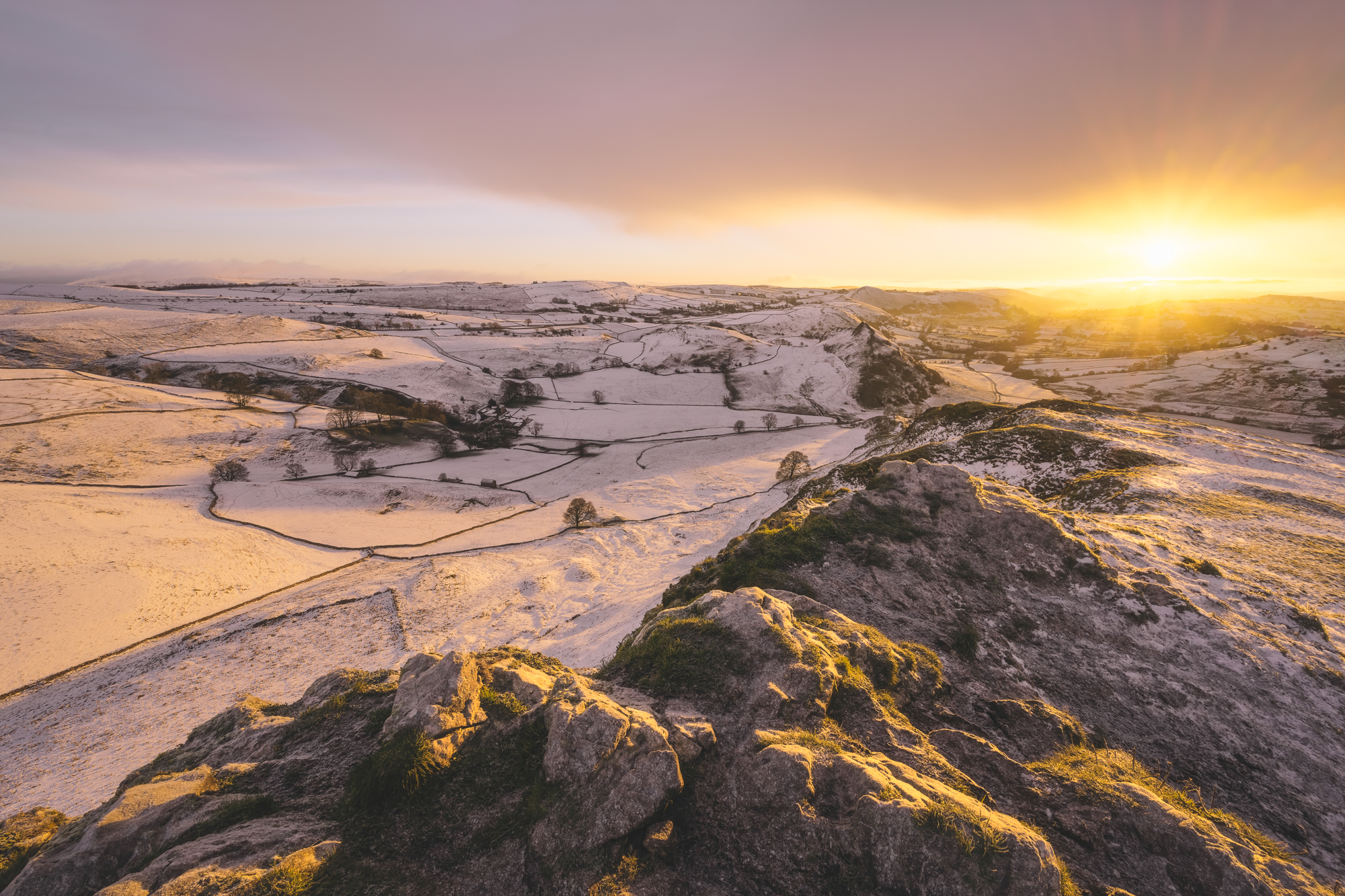
These are all important, but to take an image that goes from good to great, it also needs vision, emotion and drama. Creating a composition is the method through which we add in these components, taking it beyond what the viewer initially sees to something they look back at over and over again. During the winter, snow can transform the landscape, simplifying some aspects and complicating others. Know your location in advance, and understand how the conditions will affect the image.
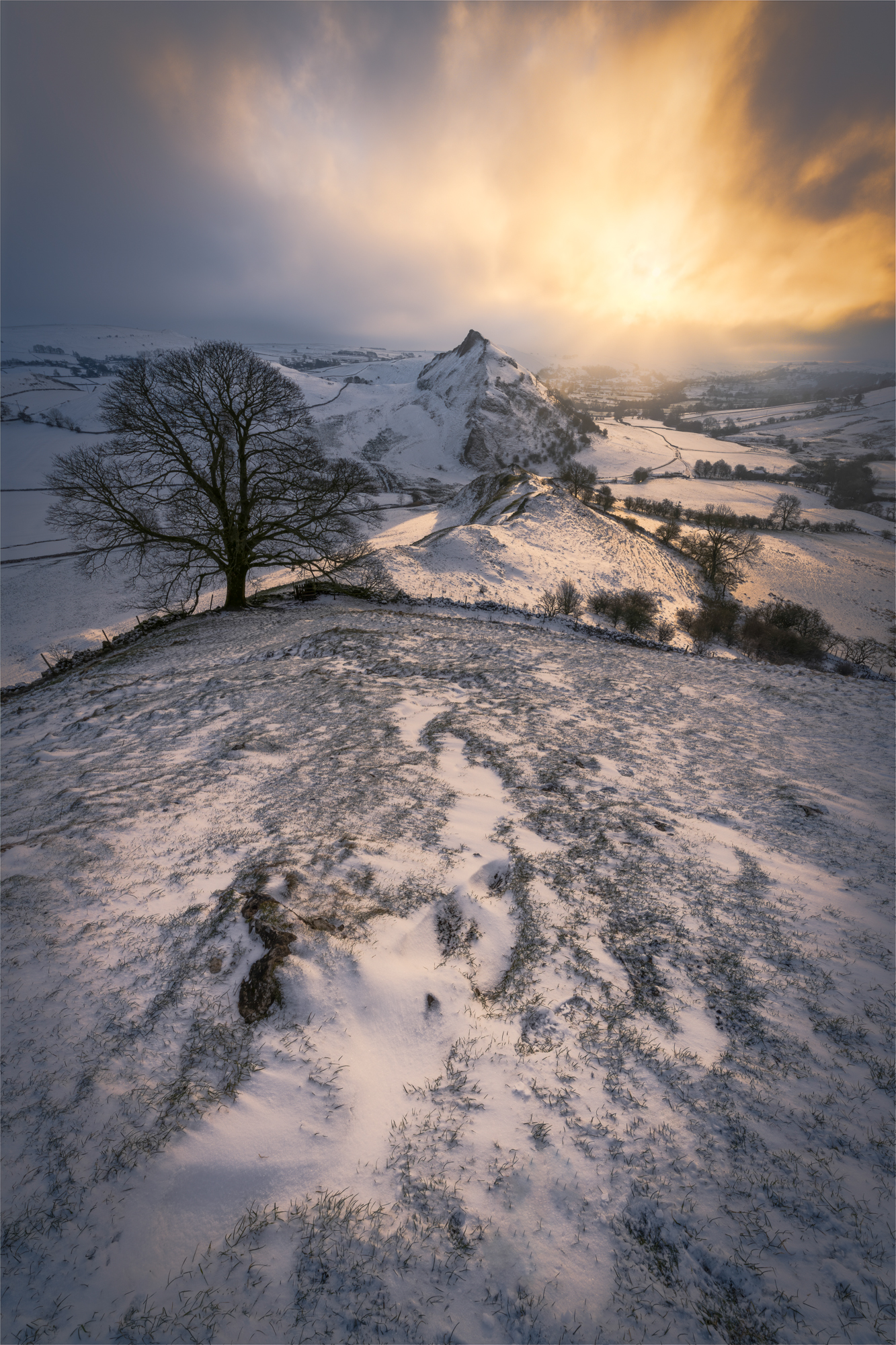
Free your imagination
Spirituality plays an important role in the way Demi considers the images he makes. When the landscape is coated in a fresh blanket of snow, there is nothing more fairytale-like: scenes become simpler, and subjects come to life.
There is also a real calm and serenity about a landscape image in winter – unless, of course, it’s a scene captured during the height of a blizzard. When low light breaks through falling snow, it can create spectacular light across the scene, and is worth braving the elements for
Read more:
Landscape Photography Masterclass: Get to grips with composition
How to shoot landscape photographs with a telephoto lens
Landscape photographer Isabelle Bacher tells of her time on an Arctic roll
Get the Digital Camera World Newsletter
The best camera deals, reviews, product advice, and unmissable photography news, direct to your inbox!
Digital Camera World is one of the leading authorities on camera and photography news, reviews, techniques, tutorials, comparisons, deals and industry analysis. The site doesn't just specialize in cameras, but all aspects of photography, videography and imaging – including camera phones, gimbals, lenses, lighting, editing software, filters, tripods, laptops, printers, photo books, desks, binoculars and more.
Whether you're using, looking to buy or trying to get the most out of a compact camera, action camera, camera drone, cinema camera, beginner camera or professional camera, Digital Camera World has a roster of experts with combined experience of over 100 years when it comes to cameras, photography and imaging.

